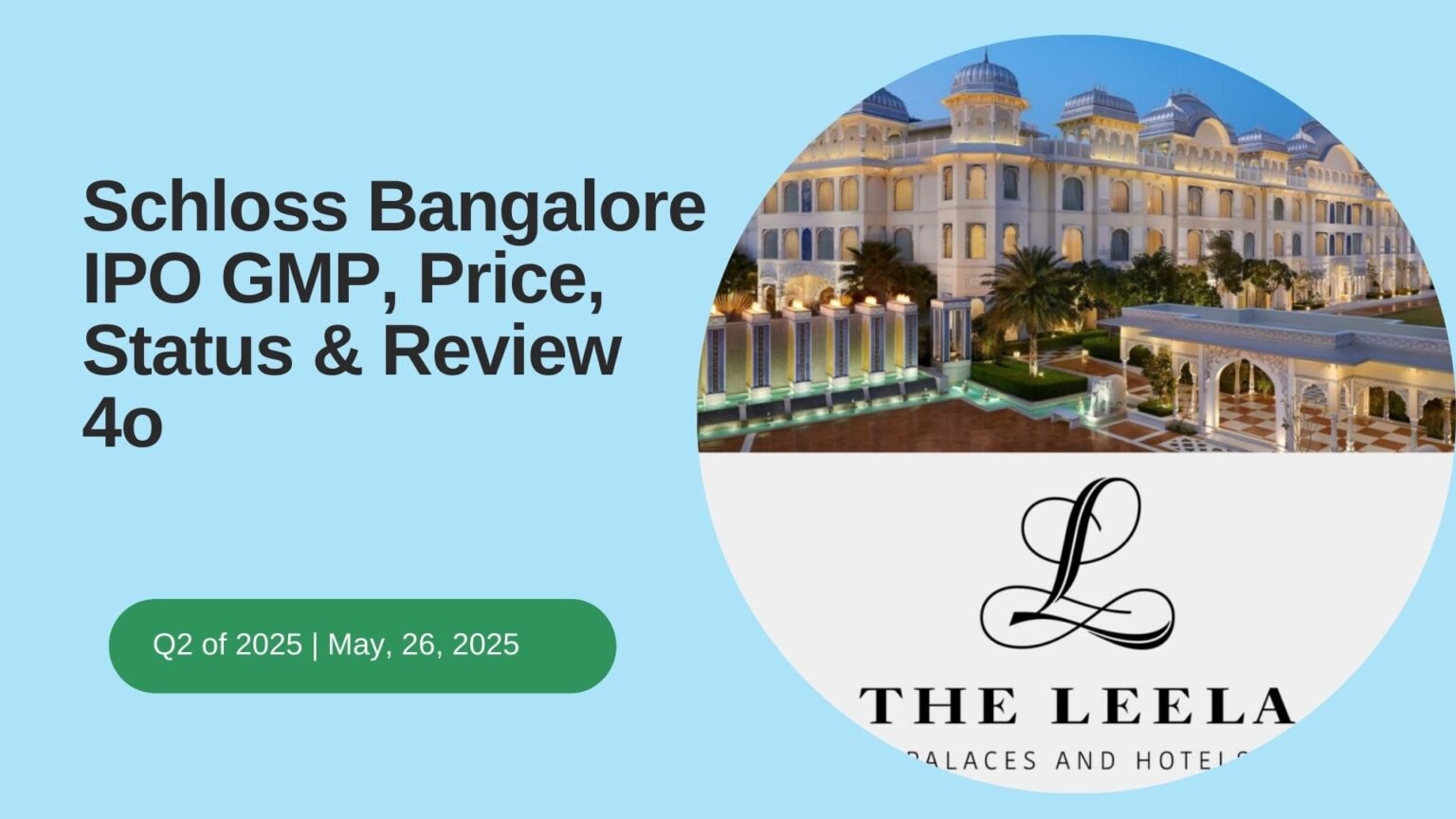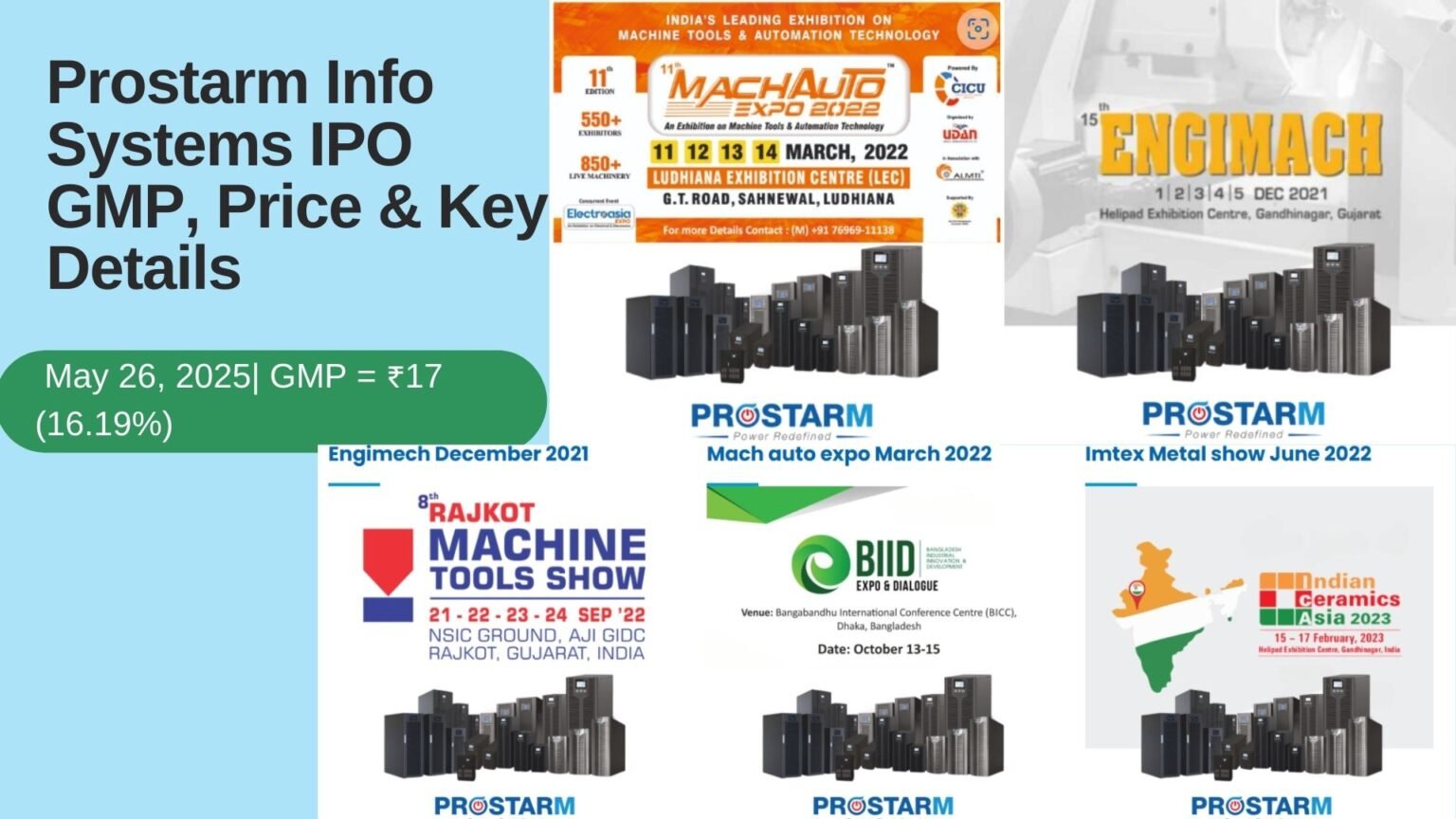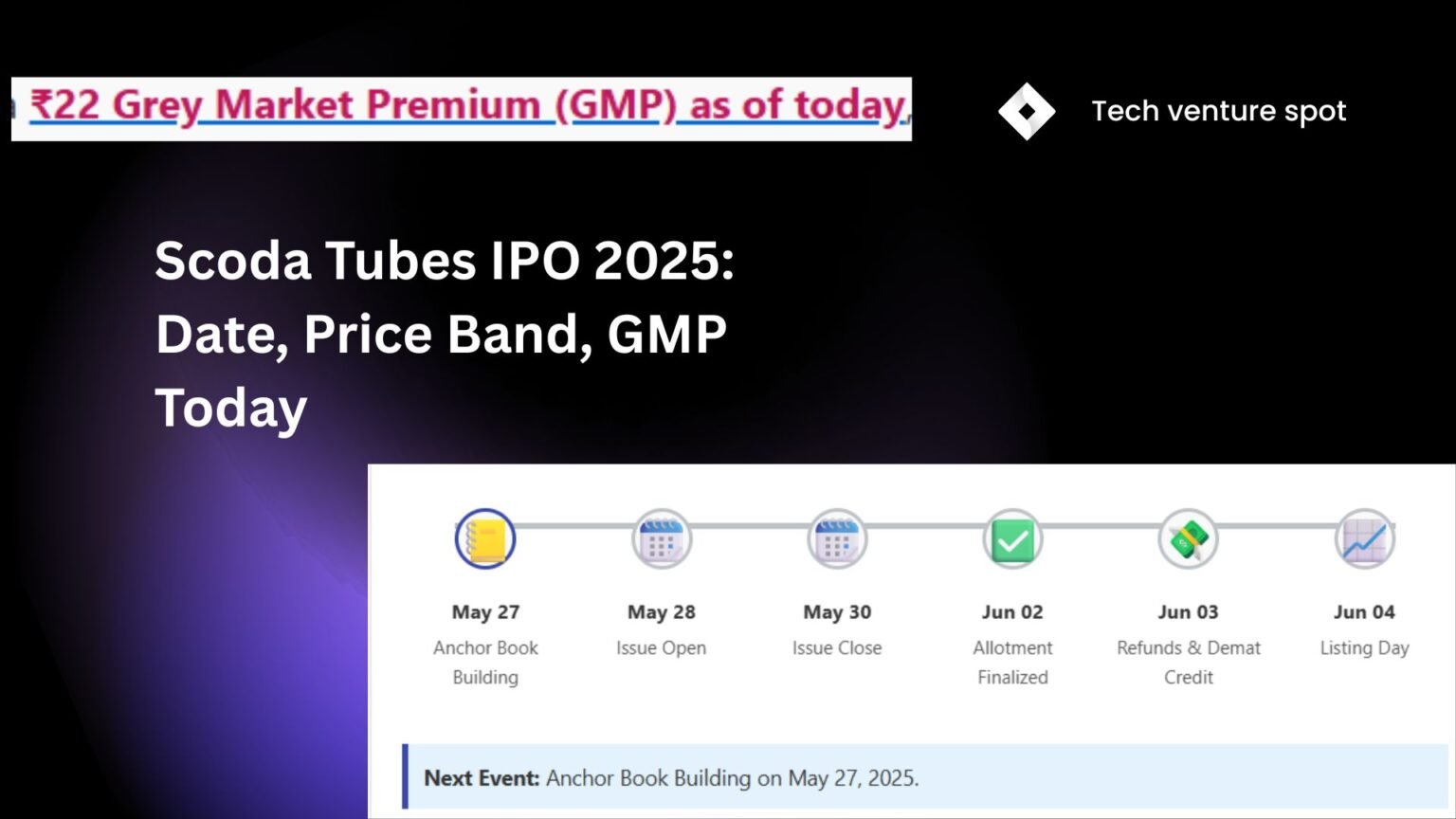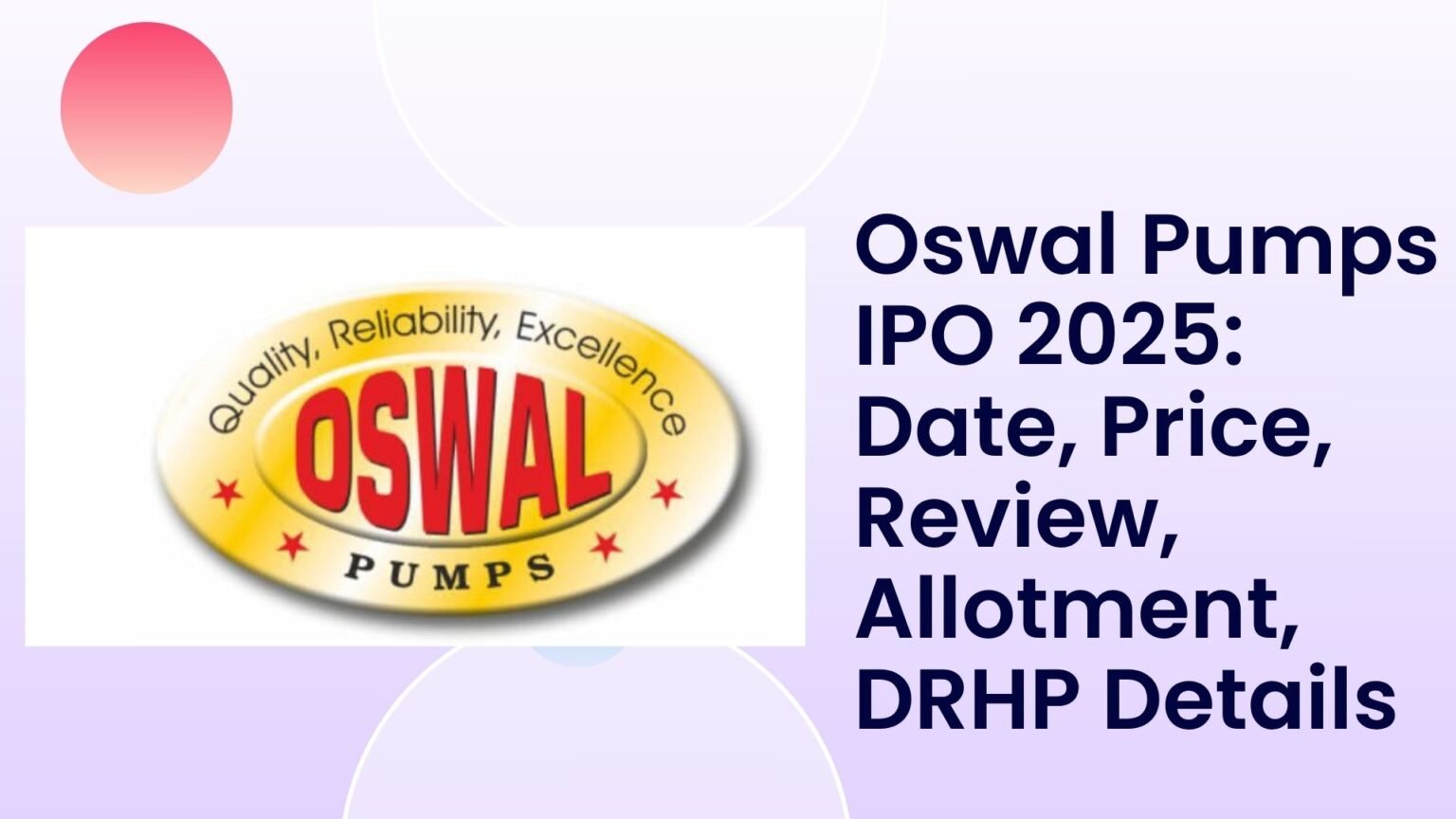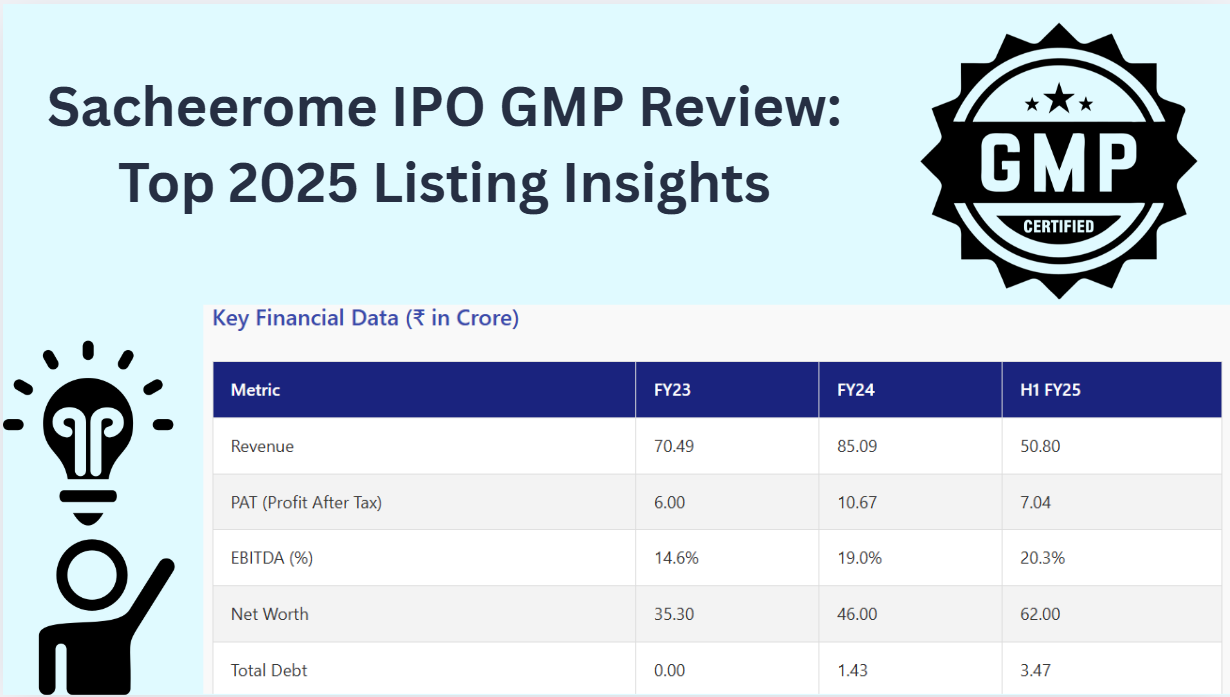I. Introduction
Patel Retail Limited is a rapidly growing Indian supermarket chain called "Patel's R Mart." It began in 2008 with a single store and currently operates over 40 supermarkets, predominantly in the suburbs and tier-III cities of Maharashtra. The company operates a value retailing business model, selling groceries, fast-moving consumer goods, clothing, and general merchandise. Patel Retail has its own brands and a special production unit to enhance its brand and supply chain efficiency, which is crucial for its success in the competitive retailing industry. You can find more about the company on their official website.
Quick Overview:
| IPO Dates | Begins on August 19, 2025; concludes on August 21, 2025. |
| Price Range | ₹237 to ₹255 per share. |
| Lot Size | 58 shares per lot (minimum investment: ₹14,790). |
| GMP Trend | ₹38 on 19th Aug; up from ₹28 in the past 7 days. |
II. IPO Details
| IPO Opening Date | 19th August, 2025 |
| IPO Close Date | 21st August 2025 |
| Allotment Date | August 22, 2025 |
| Listing Date | August 26, 2025 |
| Issue Price | between ₹237 and ₹255 per share |
| Lot Size | 58 Shares |
| Minimum Investment | ₹14,790 |
| Issue Size | ₹242.76 Cr (9,520,000 shares) |
| New Issue | ₹215.91 Cr (8,467,000 shares) |
| Offer for Sale (OFS) | ₹25.55Cr (1,002,000 shares) |
| Listing Exchanges | BSE & NSE |
| Registrar | Bigshare Services Pvt Ltd |
III. Grey Market Premium (GMP) & Investor Sentiment
| GMP Today (Aug 19) | ₹38. |
| 7-day Historic GMP | Rising from ₹28 on 12 Aug to ₹38 on 19 Aug. |
| Implication | The estimated listing price could be around ₹293 (upper band + GMP), suggesting a potential listing gain of over 14–18%. |
IV. Financials & Valuation
Year-on-Year Growth:
| Revenue | FY2024 ₹817.71Cr → FY2025 ₹825.99Cr (+1%). |
| PAT | FY2024 ₹22.53Cr → FY2025 ₹25.28Cr (+12%). |
Key Money Metrics:
| P/E Ratio | 25.1. |
| EPS | ₹10.16. |
| RoE | 19.02%. |
| EBITDA Margin | 7.61%. |
| Market Cap (Pre-IPO) | ₹851.71 Cr. |
| Price to Book Value | 4.72. |
Peer Comparison:
| Company | EPS | P/E | RoE | Revenue (₹Cr) |
|---|---|---|---|---|
| Patel Retail | 10.16 | 25.1 | 19.02% | 817.71 |
| Vishal Mega Mart | 1.48 | 98.99 | 9.87% | 8,945 |
| Avenue Supermarts | 41.6 | 104.66 | 12.64% | 50,935 |
| Osia Hyper Retail | 1.19 | 9.50 | 4.97% | 1,150 |
| Spencer's Retail | -29.35 | -1.90 | -37.24% | 2,371 |
Valuation for Patel Retail is mid-pack compared to listed retail giants, reflecting an equilibrium of risk versus growth for IPO investors.
V. Patel Retail IPO Review and Analysis
| Strengths | Risks |
|---|---|
|
|
Expert Opinion: The majority of brokerages and analysts are neutral-to-positive on the IPO. Anand Rathi recommends "Subscribe for the long term," while Arihant Capital has a "Neutral" rating. This suggests diversification advantages and acceptable risks for retail investors.
VI. Patel Retail IPO Share Price Forecast
| Expected Listing Price | Approximately ₹293 (₹255 upper band + ₹38 GMP), i.e., a potential listing gain of 14–18%. |
| Short-Term Outlook | Chances of a strong listing, buoyed by investor appetite and oversubscription. |
| Long-Term Prospects | Moderate, driven by regional strengths; growth depends on expansion and market share gain. |
VII. How to Apply for Patel Retail IPO
Investors can apply for the IPO through ASBA or UPI. For more information on the application process, you can refer to guidelines from SEBI.
ASBA (via banks):
- Log in to your net banking portal (HDFC, ICICI, SBI, etc.).
- Proceed to the IPO section under investments, input the Patel Retail IPO details, and submit.
UPI Apps (Paytm, Google Pay, Zerodha, Groww):
- Proceed to your stockbroking or UPI application.
- Select the IPO, and fill in the lot size and application details.
- Accept the mandate in your UPI app for payment.
VIII. FAQs
1. What is the GMP of the Patel Retail IPO today, and how does it benefit investors?
Patel Retail IPO Grey Market Premium (GMP) is approximately 18% (around ₹46 over the ₹255 upper limit price). An upbeat GMP indicates positive sentiment and potential gains upon listing but is unofficial and volatile.
2. How is the IPO share price of Patel Retail determined?
The IPO price band is ₹237 to ₹255 per equity share. The final price is determined by the bids received within this band during the book-building process. Post-listing price expectation is influenced by market sentiment reflected through GMP and investor demand.
3. Is the Patel Retail IPO a good choice for listing gains or long-term?
Analysts offer mixed views. Some recommend "subscribe for the long term," based on growth and efficient operations, while others remain "neutral." The ~18% GMP suggests potential for listing gains, but long-term value depends on execution, expansion, and margin recovery.
4. What are the pros and cons of the Patel Retail IPO?
Strengths: high demand, effective clustered stores, increasing margins, private-label opportunity.
Risks: regional concentration, slower growth, stretched working capital, and currency exposure from exports.
5. Compare the Patel Retail IPO with other recent retail IPOs in India.
Patel Retail is seeing an ~18% GMP and good subscription. Its valuation (P/E ~25) is significantly lower than peers like Avenue Supermarts (P/E > 100), making it relatively cheaper.
6. Which resources verify the day-to-day trends of Patel Retail IPO GMP?
Websites such as Investorgain, Moneycontrol, and Economic Times provide daily GMP updates for the Patel Retail IPO.
7. What are specialist brokers suggesting regarding the Patel Retail IPO?
Anand Rathi recommends, "Subscribe for the long term," whereas Arihant Capital is "Neutral."
8. What are the issues facing Patel Retail after its IPO listing?
Challenges include dependency on regional demand, lengthening working capital cycles, and currency risk in non-hedged exports.
9. How are the valuations of the Patel Retail IPO different from Avenue Supermarts (DMart) or other retail companies?
Patel Retail is valued at a P/E of about 25, which is significantly lower than DMart's P/E of more than 100. This makes Patel Retail appear cheaper relative to its earnings.
10. How does one best apply for IPOs like Patel Retail to have better chances of being selected?
To maximize allotment chances, use ASBA through UPI or brokers like Zerodha/Groww, apply in multiple DEMAT accounts under different family members, and consider bidding at the cut-off price.

